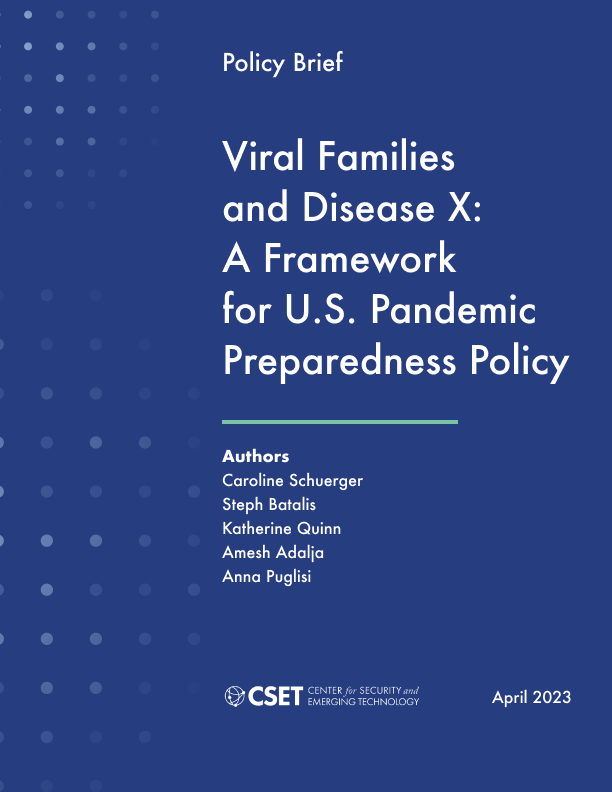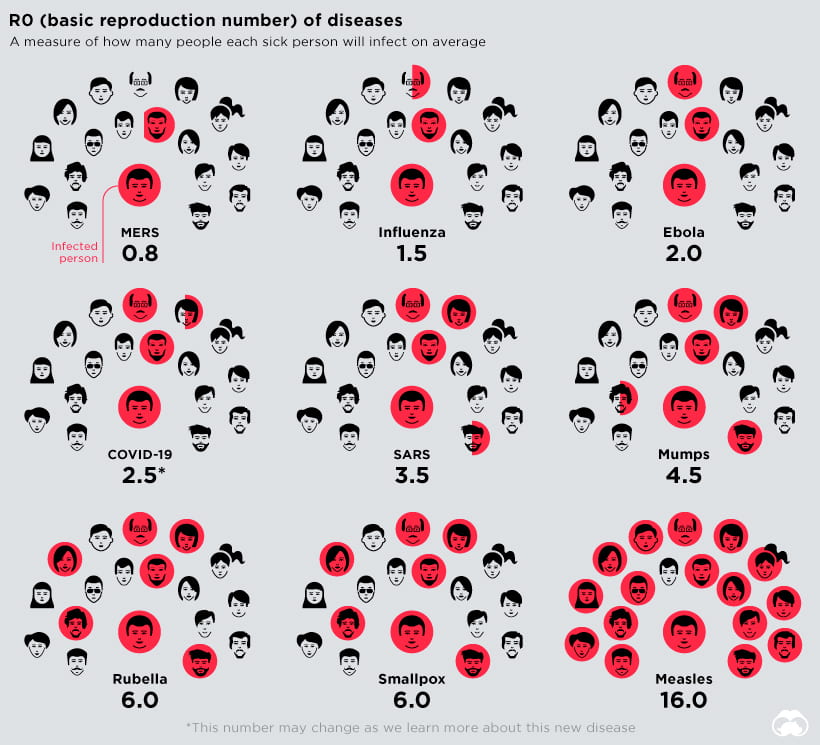The Next Pandemic: Understanding Disease X
The world has faced numerous pandemics throughout history, each with its unique challenges and impacts. As we continue to navigate the aftermath of COVID-19, the concept of “Disease X” has emerged as a critical focus for global health experts. But what exactly is Disease X, and why is it important to prepare for the next pandemic? In this article, we will delve into the intricacies of Disease X, exploring its potential implications and the steps being taken to mitigate its impact.
Key Takeaways
- Disease X represents a hypothetical, unknown pathogen that could cause the next global pandemic.
- Preparation involves strengthening global health systems, enhancing surveillance, and investing in research and development.
- Collaboration among countries and organizations is crucial to effectively combat potential future pandemics.
What is Disease X?
Disease X is a term coined by the World Health Organization (WHO) to represent an unknown pathogen that could potentially lead to a future pandemic. Unlike known diseases, Disease X is not yet identified but serves as a placeholder for preparedness planning. The inclusion of Disease X on the WHO’s list of priority diseases underscores the importance of being ready for unexpected health threats.
The Origin of the Concept
The idea of Disease X emerged from the need to anticipate and prepare for pathogens that have yet to be discovered. The unpredictability of such diseases makes it essential to adopt a proactive approach. By acknowledging the potential for unknown threats, health organizations can prioritize the development of flexible response strategies.
The Importance of Preparing for Disease X
Given the devastating impact of COVID-19, the importance of preparing for Disease X cannot be overstated. The pandemic highlighted vulnerabilities in global health systems, emphasizing the need for robust preparedness measures. Here are some key reasons why preparing for Disease X is crucial:
- Unpredictability: Disease X could emerge from various sources, including zoonotic spillovers, laboratory accidents, or natural mutations. Its unpredictable nature necessitates a comprehensive preparedness plan.
- Global Impact: A new pandemic could have widespread consequences on health, economies, and societies. Being prepared can mitigate these impacts and save lives.
- Rapid Response: Early detection and swift response are vital in containing the spread of a novel pathogen. Preparedness ensures that systems are in place to act quickly.
Strategies for Preparing for the Next Pandemic
Preparing for Disease X requires a multi-faceted approach that involves governments, health organizations, and communities. Here are some key strategies being implemented globally:

Strengthening Global Health Systems

Robust health systems are the backbone of pandemic preparedness. This involves investing in healthcare infrastructure, ensuring adequate resources, and training healthcare professionals to handle emerging threats.
Enhancing Surveillance and Monitoring

Early detection of potential outbreaks is crucial in preventing widespread transmission. Enhanced surveillance systems, coupled with advanced data analytics, can help identify unusual patterns and alert authorities to potential threats.
Investing in Research and Development
Research plays a pivotal role in understanding new pathogens and developing effective countermeasures. Investment in vaccine research, antiviral drugs, and diagnostic tools is essential to stay ahead of Disease X.
Fostering International Collaboration
Pandemics know no borders, making international cooperation vital. Sharing information, resources, and expertise can enhance global response efforts and ensure a coordinated approach to tackling Disease X.
Challenges in Preparing for Disease X
While the importance of preparing for Disease X is clear, several challenges hinder progress:
- Resource Allocation: Limited resources and competing priorities can impede efforts to build robust preparedness systems.
- Political Will: Sustained political commitment is essential to ensure long-term investment in pandemic preparedness.
- Public Awareness: Engaging communities and raising awareness about the importance of preparedness are crucial for effective response efforts.
The Role of Technology in Pandemic Preparedness
Technology plays a transformative role in enhancing pandemic preparedness. Innovations such as artificial intelligence, genomics, and telemedicine offer new avenues for detecting, monitoring, and responding to emerging threats.
Artificial Intelligence and Data Analytics

AI and data analytics can process vast amounts of information to identify potential outbreaks and predict their spread. These technologies enable faster decision-making and more targeted interventions.
Genomics and Pathogen Sequencing
Advancements in genomics allow for rapid sequencing of pathogens, aiding in the development of vaccines and therapeutics. Understanding the genetic makeup of Disease X can accelerate the creation of effective countermeasures.
Telemedicine and Remote Healthcare
Telemedicine expands access to healthcare, particularly in underserved regions. During a pandemic, remote consultations can reduce the burden on healthcare facilities and limit the spread of infection.
While the next pandemic may be unpredictable, the concept of Disease X serves as a reminder of the need for vigilance and preparedness. By strengthening health systems, investing in research, and fostering international collaboration, we can mitigate the impact of future pandemics. As we continue to navigate an ever-changing global health landscape, the lessons learned from past pandemics must inform our strategies for the future.
In the face of uncertainty, proactive measures and a commitment to global health security will be our best defense against Disease X and any other unknown threats that may arise. By working together, we can build a resilient world capable of withstanding the challenges of the next pandemic.